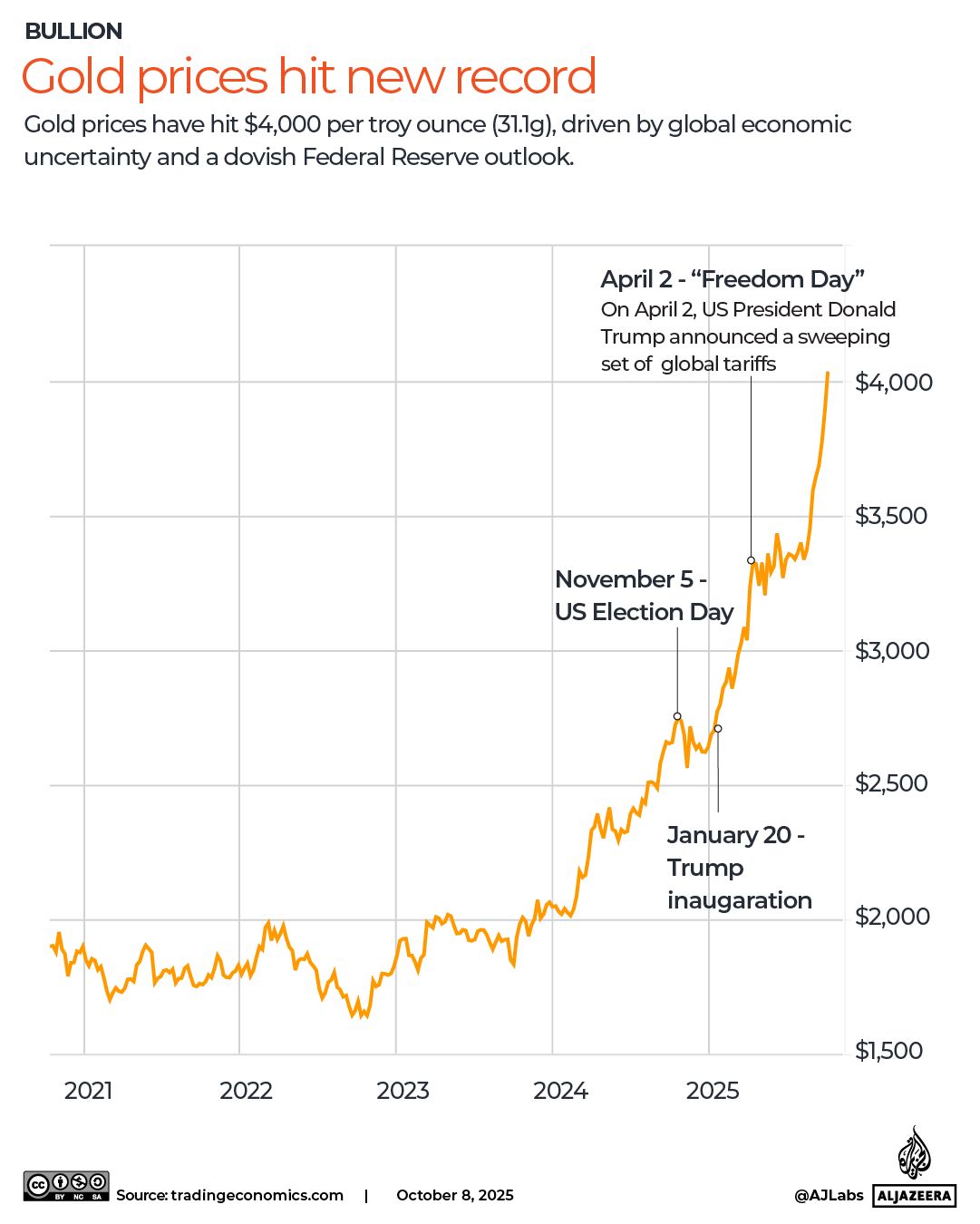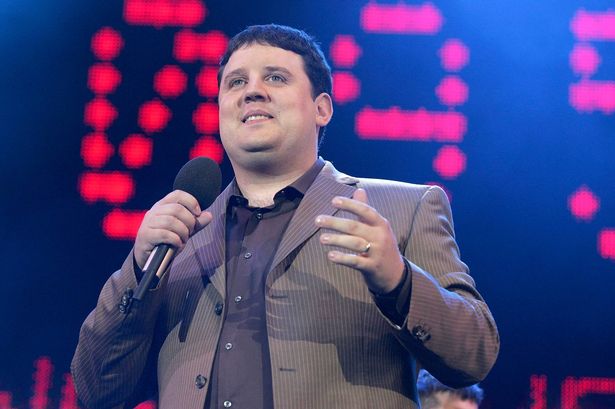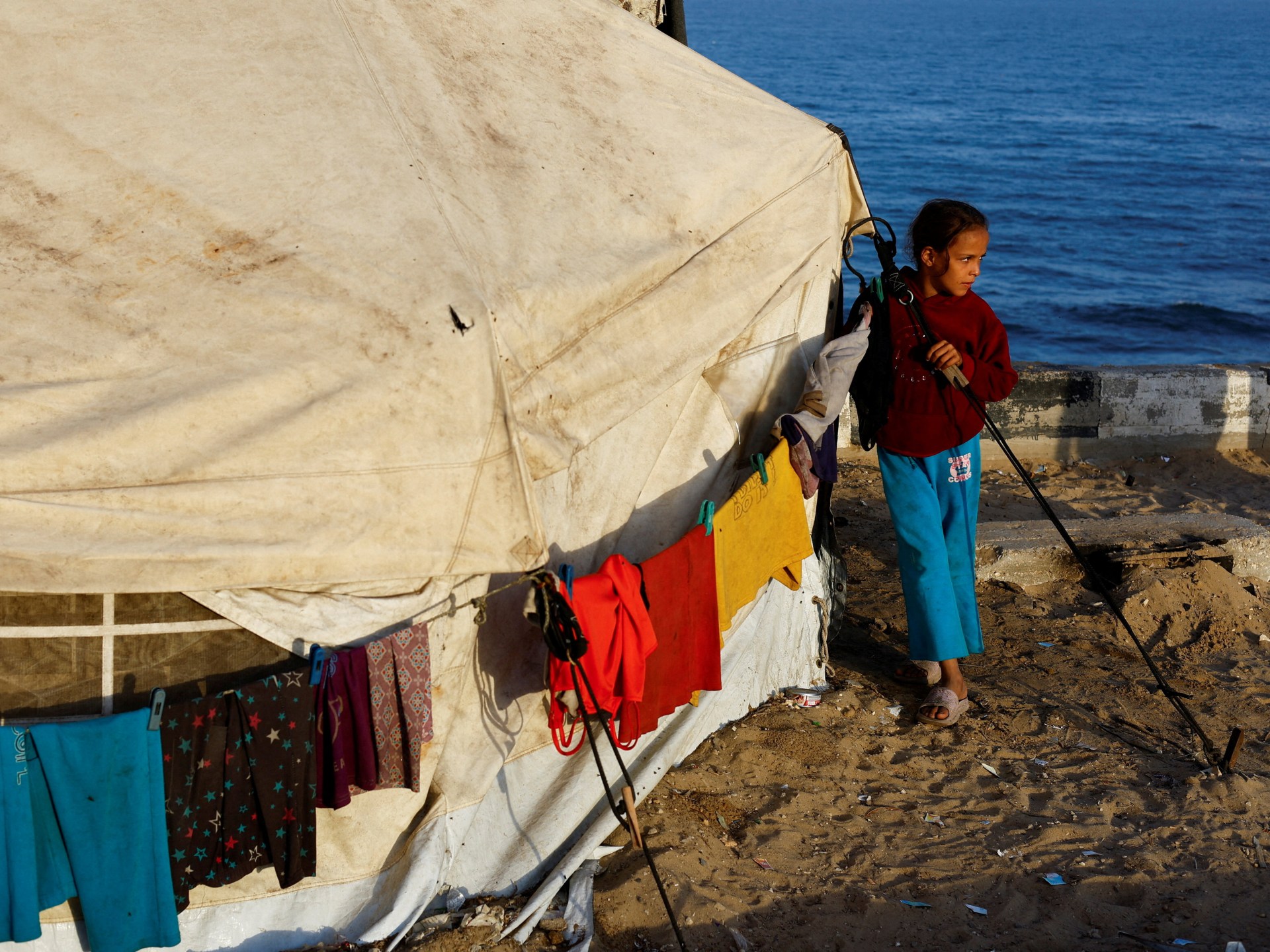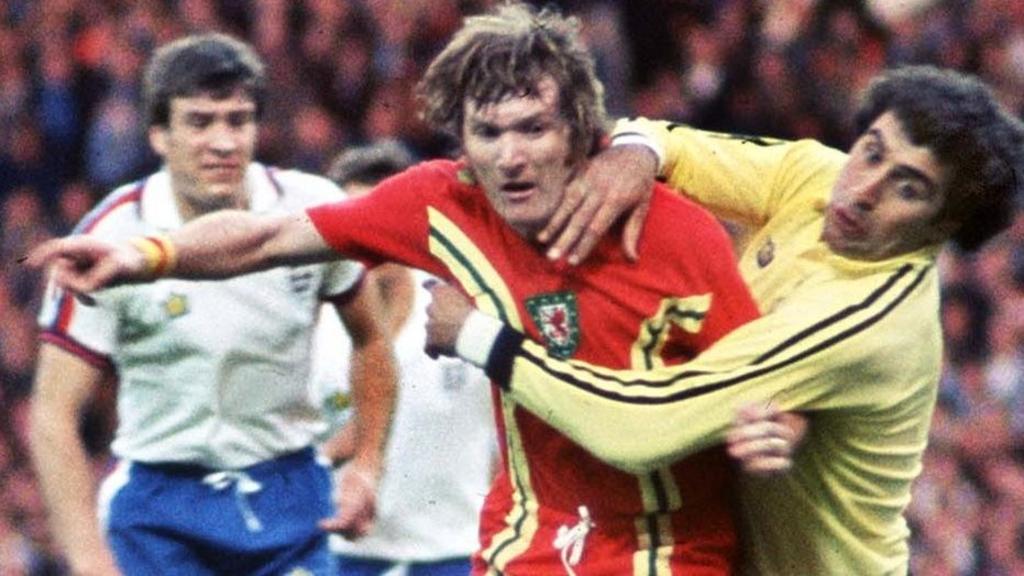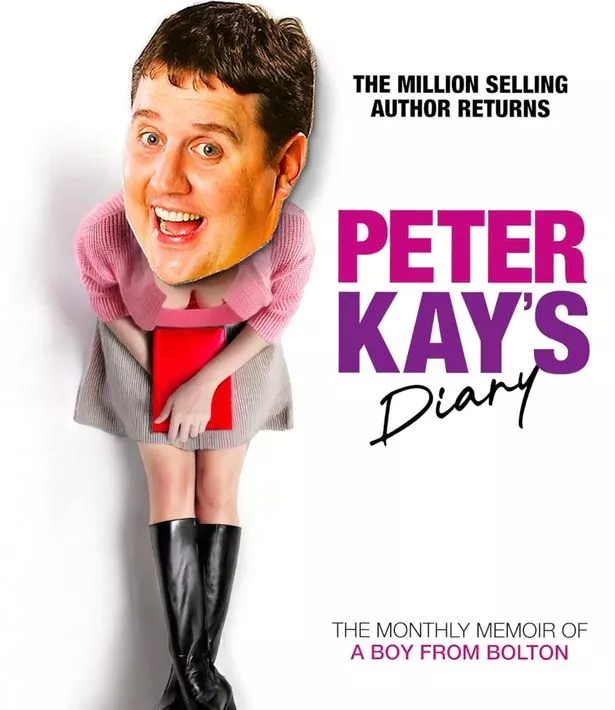The price of gold has soared to a historic high, crossing $4,000 per troy ounce (31.1g) as global investors have flocked to the asset over the past year.
Gold futures, which are contracts to buy or sell gold at a certain price, passed the threshold on Tuesday, followed by the spot price of gold on Wednesday afternoon in Asia.
Recommended Stories
list of 4 itemsend of list
Gold has long been viewed as a favoured “safe haven asset” in times of economic uncertainty because it is a physical commodity that can be owned and stored.
But analysts say its surge in recent months points to a more dramatic shift: Gold may finally be breaking out of its shell to become an “asset for all occasions”.
What’s happened to the price of gold this year?
The price of gold has risen more than 50 percent since the start of 2025 in a historic run for the asset.
Much of the surge has been fuelled by United States President Donald Trump, who returned to the White House at the start of the year.
Gold prices rose sharply in April when Trump launched a trade war against much of the world, and it rallied again in August as the US president attacked the independence of the Federal Reserve – the US central bank.
In the face of so much uncertainty, many investors turned to more reliable assets, like gold.
But Trump’s tariffs and battles against the Federal Reserve are not the only factors driving gold’s continued upward trajectory since then: Japan’s leadership election over the weekend, the US government shutdown, and a deepening political crisis in France following the resignation of Prime Minister Sebastien Lecornu have also contributed, say analysts.
What’s behind the price surge this week?
Kyle Rodda, a senior financial market analyst at Australia’s Capital.com, told Al Jazeera that the surprise win by Sanae Takaichi in Japan’s Liberal Democratic Party leadership race had played a big role in this week’s surge.
Takaichi is set to become the next prime minister of Japan, the world’s fourth-largest economy, after running on a platform of aggressive deficit spending plus tax cuts and handouts to households to encourage economic growth.
Her victory upset markets as the yen – another “safe haven asset” for some investors – dropped to a 13-month low on Tuesday, according to the Reuters news agency. Gold, it appears, became a go-to alternative.
“The rally we have seen this week … is a part of what I would call the ‘run it hot’ trade,” Rodda told Al Jazeera.
How does this year’s gold price rise compare with recent years?
The rise is dramatic.
Gold prices typically rise during periods of uncertainty, then stabilise, before rising again when there is economic unpredictability.
Between June 2020 and February 2024, for instance, gold prices fluctuated between $1,600 and a little more than $2,100 an ounce, without going up or down too much.
Gold prices rose by approximately another 30 percent in 2024. But even that surge has been significantly outpaced in the first nine months of 2025, as gold prices have curved upwards steeply.
Has gold surged this much before?
While gold has hit a historic high this year, it is not the first time the asset has experienced a massive rally.
The price of gold famously soared in the 1970s after US President Richard Nixon ended the convertibility of the dollar into gold.
Gold had been set at $35 an ounce since the end of World War II, but the Nixon administration believed the US dollar had become overvalued due to “a surplus of US dollars caused by foreign aid, military spending, and foreign investment”, according to the Office of the Historian in the US State Department.
The price of gold rose from its peg of $35 an ounce in 1971 to $850 an ounce by 1980.
The 1970s were a particularly tumultuous decade, with economic challenges like the 1973 oil crisis. A major surge followed the 1979 Soviet invasion of Afghanistan and the Iran-US hostage crisis the same year.
What’s different this time?
While a preference for gold can signal economic unease, this time it is moving with – rather than against – the US stock market.
As gold prices surged to a record high this week, the S&P 500 and Nasdaq Composite Index both closed at record highs on Monday, according to CNBC, despite concerns about the US government shutdown.
The indexes have since fallen, but the overall trend shows that gold is increasingly being viewed as a first-choice investment, according to Tim Waterer, chief market analyst at KCM Trade in Australia.
“What we are seeing is that gold has in many respects become an ‘asset for all occasions’ with the precious metal showing an ability to rise during times of both risk aversion and risk appetite, whilst at the same time it continues to act as an uncertainty hedge for investors given the geopolitical risks at play in the US and abroad,” he told Al Jazeera.
“So, no longer is gold just seen as a defensive investment play. It now has a much broader reach as an investment asset given the prevailing market dynamic,” he added.
What does this say about Trump?
Waterer and Rodda told Al Jazeera that while Trump continues to impact the long-term price of gold, he is just one factor among many.
Rodda said gold has become a “five-factor” trade.
Investors are weighing the fiscal policies and rising debt of governments like Japan against ongoing geopolitical risks, US trade policy, threats to the Federal Reserve, and expectations that it will cut US interest rates in the future, he said.
